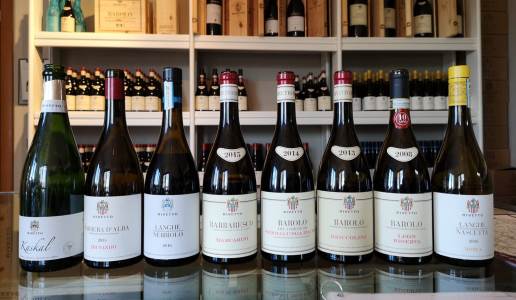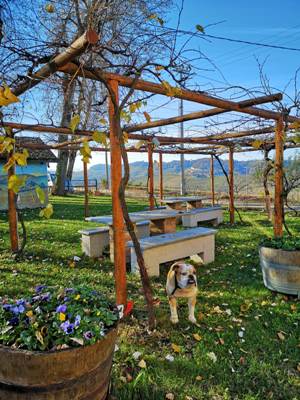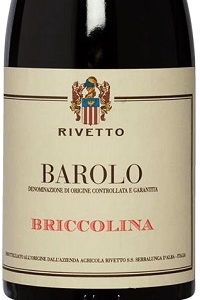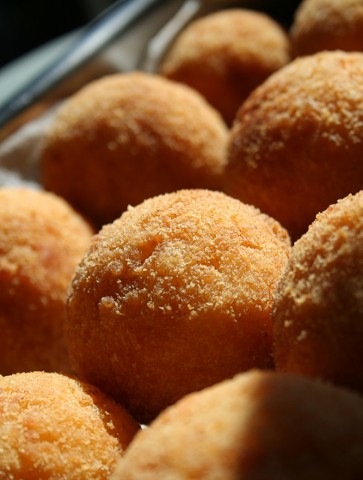Rivetto’s biodiversity

Already certified organic, the Rivetto estate is converting to biodynamic methods with the intent to pursuing biodiversity.
Preparing to visit an area involves deciding who you want to see, perhaps only to say hello and taste their latest vintage, who you really need to see because of their importance for the territory and those who others have told you to see. The latter was the case for my visit with Enico Rivetto, who I heard about through word of mouth among fans of organic and biodynamic wines. His is a lovely estate on the top of a hill facing Serralunga d’Alba, from where there is a unique view over the vineyards and the snow-covered mountains in the distance. The estate has been certified organic for some years now and is currently being converted to biodynamic methods.
 Enrico has a clear vision of what he wants to do, not only in regard to agricultural methods but also the types of wine he wants to make and bottle. A discreet number hectares of vineyards surround the winery, mostly but not only Nebbiolo. This because at the core of the conversion to biodynamic methods is a strong commitment to biodiversity both between and within the vineyards. The vineyards have thus been reduced in size to make room for gardens, wheat fields, herbs gardens and trees, all to enhance the both animal and vegetal diversity on the estate. As for winemaking, Enrico wants to produce tradition wines that are good and without defects, while remaining stanchly organic.
Enrico has a clear vision of what he wants to do, not only in regard to agricultural methods but also the types of wine he wants to make and bottle. A discreet number hectares of vineyards surround the winery, mostly but not only Nebbiolo. This because at the core of the conversion to biodynamic methods is a strong commitment to biodiversity both between and within the vineyards. The vineyards have thus been reduced in size to make room for gardens, wheat fields, herbs gardens and trees, all to enhance the both animal and vegetal diversity on the estate. As for winemaking, Enrico wants to produce tradition wines that are good and without defects, while remaining stanchly organic.
He is also an innovator, something made clear by his choice, one which has left me somewhat perplexed, to join a small group of winemakers and produce a white, traditional method sparkling wine using the tips of the Nebbiolo grape bunches used for Barolo. Estates are free to do as they please, but this is something philosophically beyond my comprehension.
The medium-sized winery is very clean and along with barrels of various sizes there are some experimental terracotta containers. A total of eight wines are produced, all good quality without any defect or shortcomings. I tasted these wines for the first time during my visit and intend to continue doing so in the future. Below is a review of the wine that immediately impressed me the most.
Should you find yourselves in the area, I suggest you visit the estate and taste their wines. It is always interesting to find out about people with ideas and solutions that are not exactly conventional.
The estate also offers hospitality with four comfortable guest rooms. Being practically in Serralunga, it is at the center of a host of possible excursions in the Langhe.
 Barolo Briccolina 2013
Barolo Briccolina 2013
Made from Nebbiolo grapes from the vineyard of the same name, the first to be converted to biodynamic method. The wine is the result of a maniacal selection of grapes both in the vineyard and in the winery, with the must subject to submerged cap maceration for 20 days and then another 40 days not submerged. Fermentation takes place in open wood vats using indigenous yeasts and the wine matures for 36 months in large barrels to then age for at least 12 months in the bottle.
The color is a lovely, slightly intense ruby with a slightly orange edge, while the aroma has light scents of dried flowers and ripe fruit with a little spice. The mouthfeel is meaty, thick and dry with rather fine tannins and a nice persistence.
Bottles produced: 2,000.
89/100
€ 105
Related Products
| Product | Producer | Date of publication | Author | Read | |
|---|---|---|---|---|---|

|
Briccolina 2013
Barolo |
Rivetto | 02/19/19 | Vignadelmar |
Made from Nebbiolo grapes from the vineyard of the same name, the first to be converted to biodynamic method. The wine is the result of a maniacal selection of grapes both in the vineyard and in the... Leggi tutto |
| Rivetto
|
02/19/19 | Redazione |

 Italiano
Italiano







